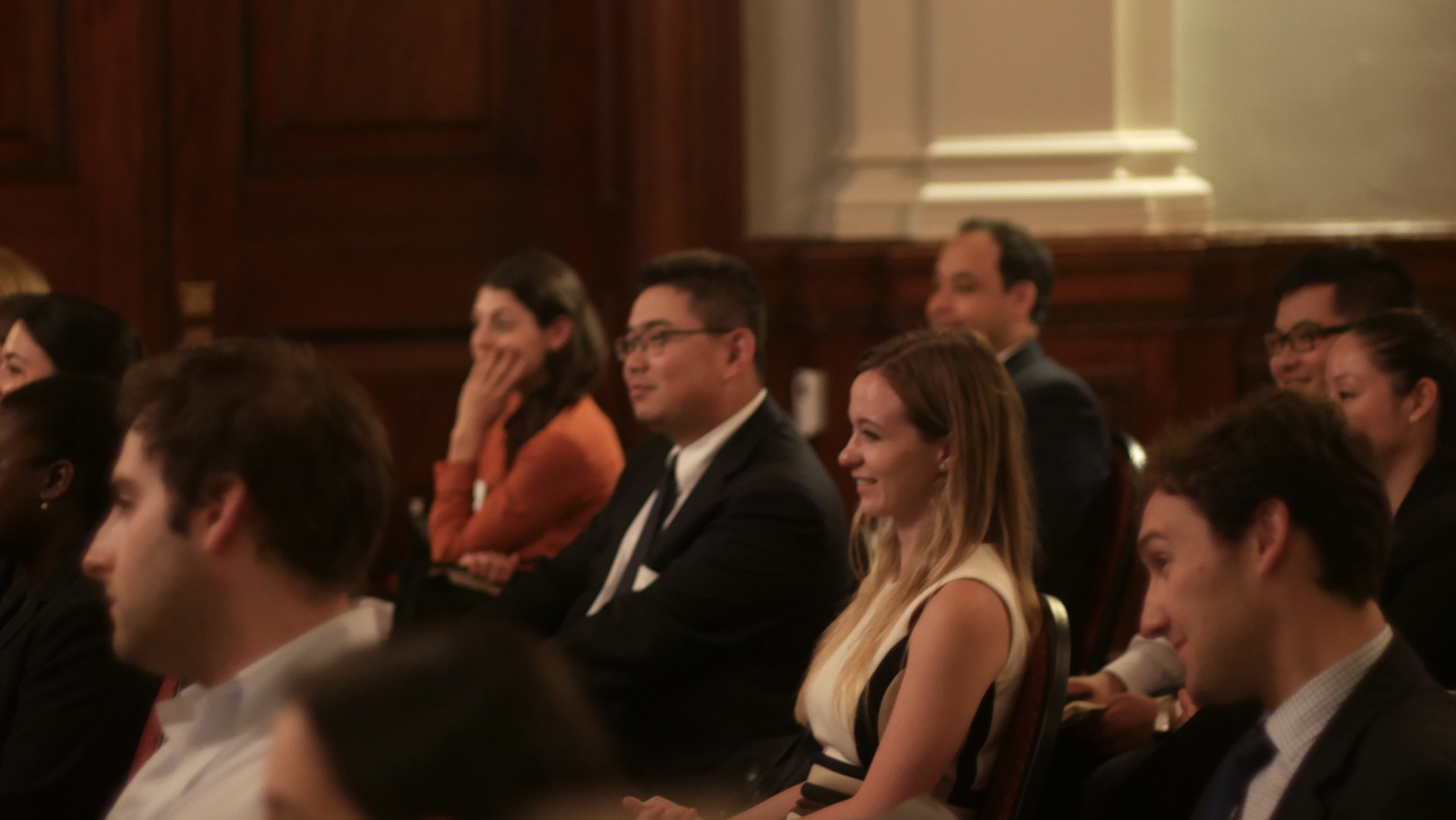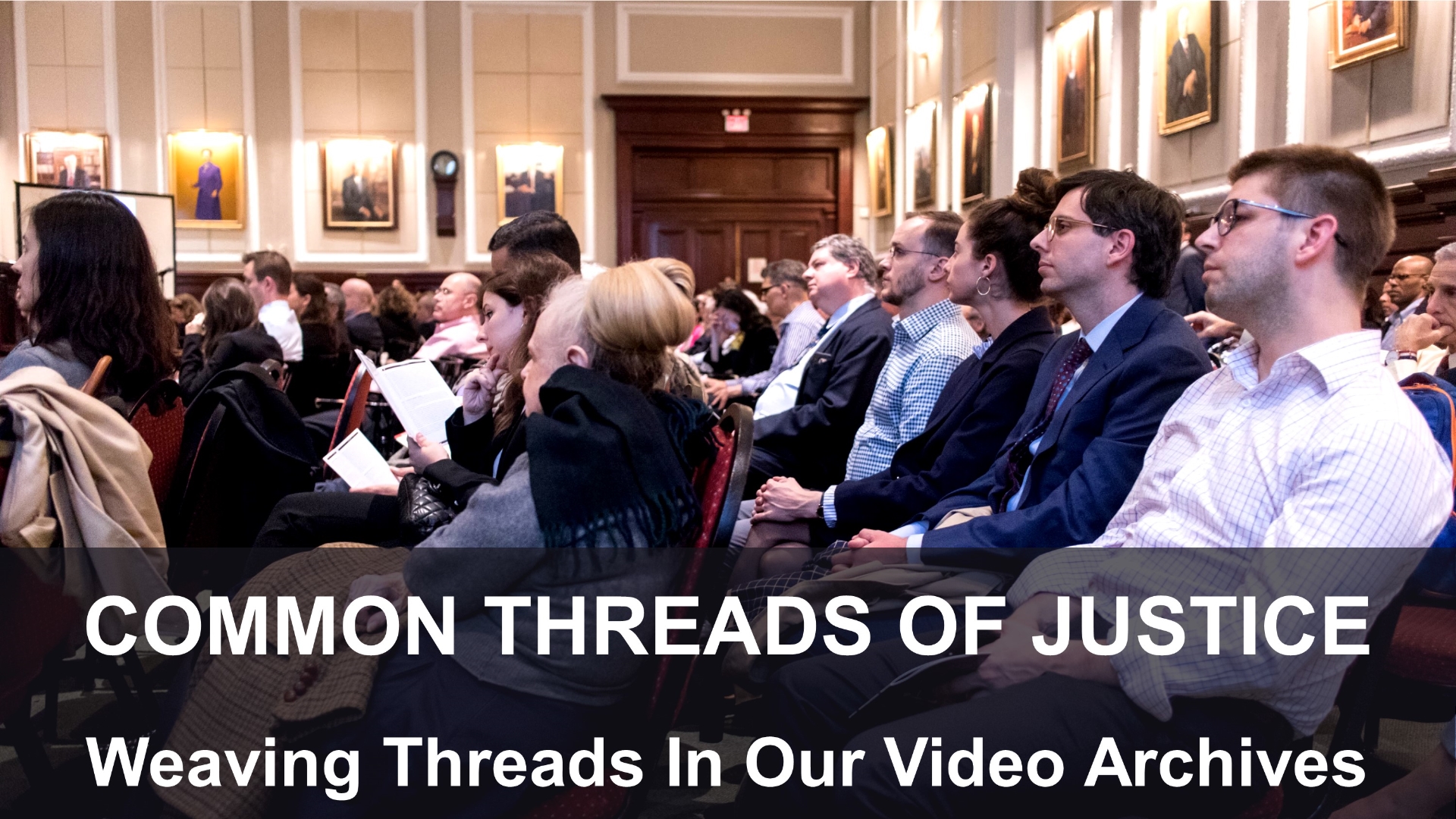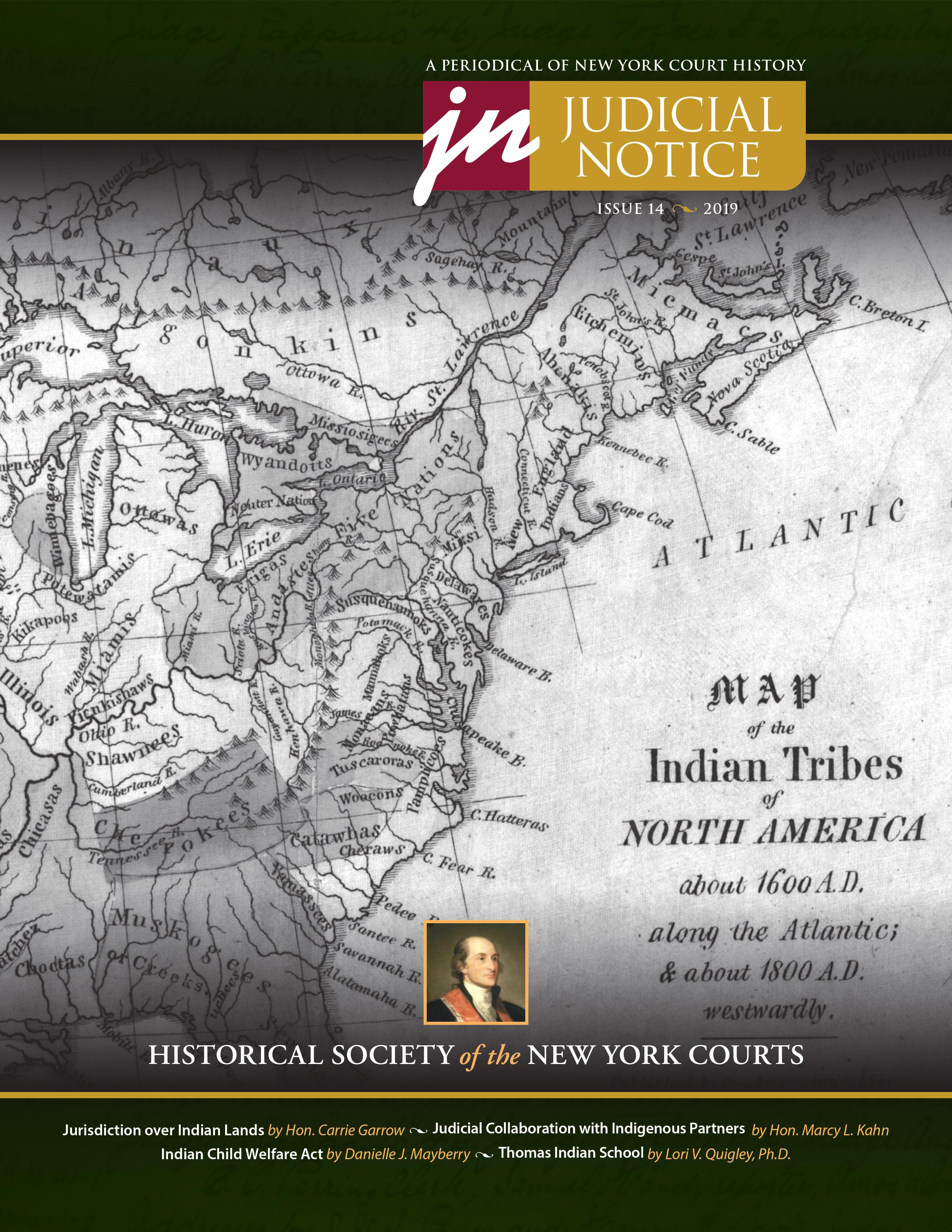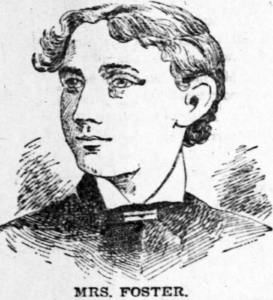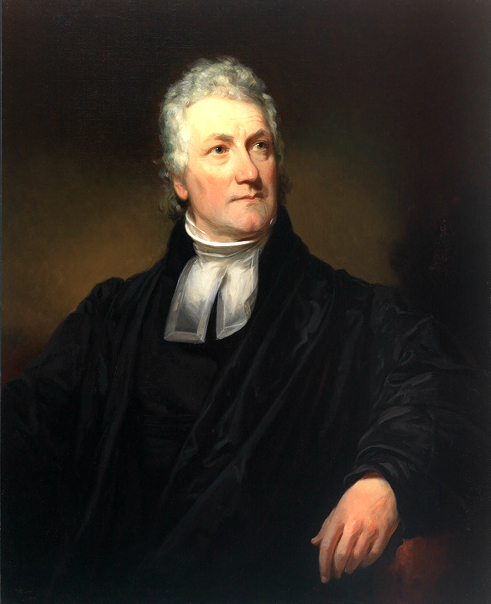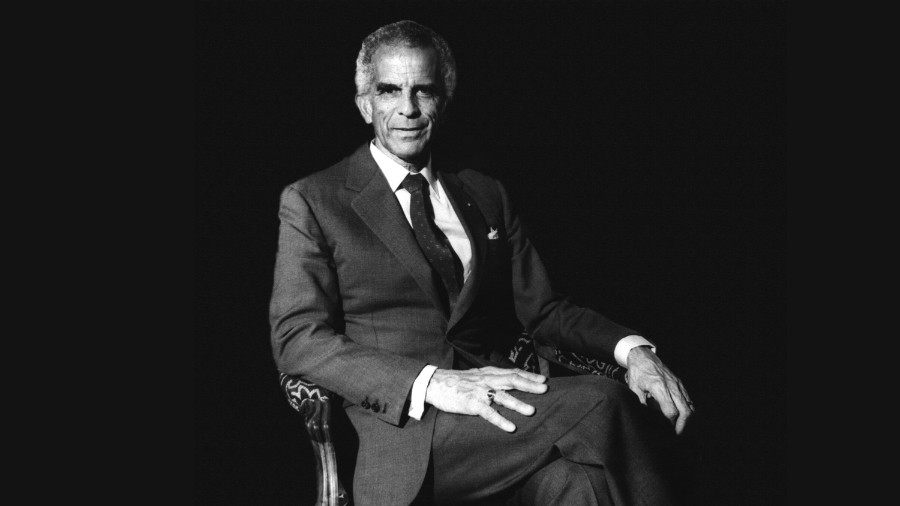The theme for Law Day 2019 is Free Speech, Free Press, Free Society, and early New York cases tested some of the protections of the First Amendment. One such case is People v. Croswell (1804), and in 2011, we published an article written by Paul McGrath in our journal Judicial Notice on Alexander Hamilton’s role in the trial. In the spirit of Law Day, we have excerpted a part below.
Paul McGrath retired after serving as Chief Court Attorney of the New York Court of Appeals in Albany where he supervised the Court’s Central Legal Research Staff. Prior to his promotion to Chief Court Attorney, Mr. McGrath worked as the Deputy Chief Court Attorney of the Court of Appeals and as a Law Clerk to Associate Judge Richard D. Simons. Mr. McGrath earned his J.D., magna cum laude, from the State University of New York at Buffalo School of Law and his B.A., magna cum laude, from the State University of New York College at Geneseo.
Photo: Harry Croswell (1778-1858) by Henry Inman, 1839. Courtesy of Mead Art Museum, Amherst College. Bequest of Herbert L. Pratt (Class of 1895), AC 1945.12
The Motion for a New Trial
Before judgment could be pronounced, Croswell’s attorneys quickly moved for a new trial, arguing initially (1) that the truth should be permitted in evidence as a justification and thus that Chief Justice [Morgan] Lewis had erred in denying the motion for a further adjournment, and (2) that the court had misdirected the jury. Following accepted practice of the time, the motion for a new trial would be heard by the entire five-justice Supreme Court — somewhat like an appeal of the judgment in modern practice. The defense attorneys would employ a legal device called the “case stated.” By “making a case,” essentially a set of facts to which the prosecution and defense stipulated, all objectionable matters, including any not in the record proper such as the jury charge which at the time was a matter outside the record, could be considered by the full Court.25 Following certain adjournments, the case was finally heard in February 1804 with the Supreme Court sitting in Albany. In accord with the practice of the day, the parties would not exchange briefs before the argument.26
The defense team used the time to regroup. The Federalists sought out Alexander Hamilton who, according to Justice (later Chancellor) James Kent, was “universally conceded” to be the preeminent lawyer of the era.27 As early as June 23, 1803, they had persuaded General Philip Schuyler, Hamilton’s father-in-law, to write the former Secretary of the Treasury for help. The rabid Federalist Schuyler described the case as “a libel against that Jefferson, who disgraces not only the place he fills but produces Immorality by his pernicious example.”28 Although there is some evidence that Hamilton played an advisory role in the Croswell trial in the Circuit Court, other matters had precluded his appearing there. Now he was ready to enter the proceedings in person, gratis.
Continue reading


